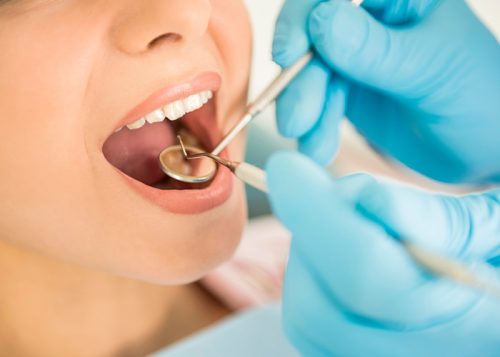
Depois que a polpa danificada, infeccionada ou morta é removida, o espaço restante é limpo, modelado e preenchido. Esse procedimento sela o canal radicular. Antigamente, os dentes com polpa infeccionada ou afetada eram extraídos. Hoje em dia, o tratamento de canal salva muitos dentes que, normalmente, seriam perdidos.
As causas mais comuns de danos ou morte da polpa são:
Quando a polpa infectada ou morta não é tratada, pode ocorrer acúmulo de pus na ponta da raiz dentária, dentro do osso alveolar, formando um abscesso. Um abscesso pode destruir o osso ao redor do dente e causar dor.
| Cookie | Duração | Descrição |
|---|---|---|
| cookielawinfo-checkbox-analytics | 11 months | This cookie is set by GDPR Cookie Consent plugin. The cookie is used to store the user consent for the cookies in the category "Analytics". |
| cookielawinfo-checkbox-functional | 11 months | The cookie is set by GDPR cookie consent to record the user consent for the cookies in the category "Functional". |
| cookielawinfo-checkbox-necessary | 11 months | This cookie is set by GDPR Cookie Consent plugin. The cookies is used to store the user consent for the cookies in the category "Necessary". |
| cookielawinfo-checkbox-others | 11 months | This cookie is set by GDPR Cookie Consent plugin. The cookie is used to store the user consent for the cookies in the category "Other. |
| cookielawinfo-checkbox-performance | 11 months | This cookie is set by GDPR Cookie Consent plugin. The cookie is used to store the user consent for the cookies in the category "Performance". |
| viewed_cookie_policy | 11 months | The cookie is set by the GDPR Cookie Consent plugin and is used to store whether or not user has consented to the use of cookies. It does not store any personal data. |